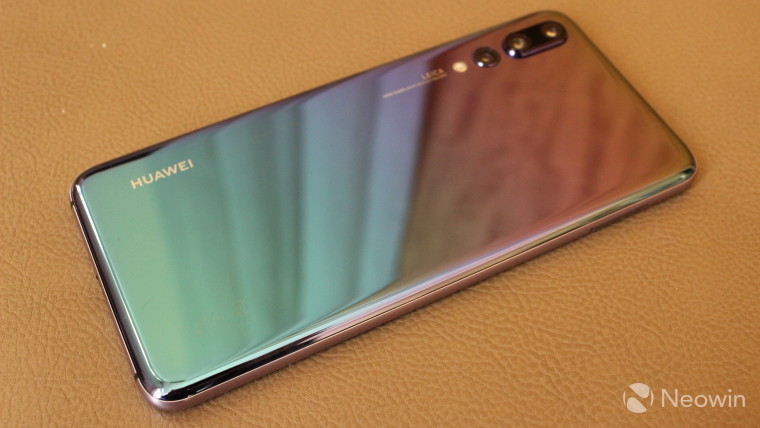
Today, Huawei held an event where it unveiled the successors to the P10 and P10 Plus, the P20 and P20 Pro. Obviously, the naming convention is different, but if you recall, the main difference between the P10 and P10 Plus was the size. With today"s new devices, there"s quite a bit more.
As it has been in the past, the P-series continues to be focused on mobile photography. As you can see from the image above, you"ll find three separate sensors on the P20 Pro. The main sensor is a 40-megapixel RGB sensor with an f/1.8 aperture, and that resolution hasn"t been seen since the legendary Nokia Lumia 1020 (here"s our review of it). Alongside of that is an additional 20-megapixel monochrome sensor with an f/1.6 aperture, and an 8-megapixel telephoto lens with an f/2.4 aperture and optical image stabilization.
For focusing, the P20 Pro uses a combination of laser, phase detect, depth, and contrast autofocus, and with the device"s Kirin 970 processor and the Neural Processing Unit (NPU), it promises to be able to use AI to predictively focus on an image with moving objects. And of course, the NPU means that it can also tell what it"s looking at, a feature that first showed up in the Mate 10 Pro. But there"s more to it, because there are now 19 scenes that the device can recognize, an increase from the previous 13.
Huawei says that the sensor itself is 223% larger than on the iPhone X, and 170% larger than on the Samsung Galaxy S9. ISO is up to 102,400, which is much larger than 6,400 on the iPhone X and S9. Because of this, the company promises the best low light photography around, saying that it offers "incredible low light, even at 1 lux".

And then there"s the P20. While it"s still premium class with its dual Leica sensors, it"s not as exciting as the P20 Pro. The P20 has a 12MP f/1.8 RGB sensor and a 20MP f/1.6 monochrome sensor. Like the P20 Pro, it has the Kirin 970 chipset for AI photography.
Huawei embraced the notch with its new flagship phones, both of which are 1080p with an 18.7:9 aspect ratio. The difference is that the P20 comes in at 5.8-inch with LCD technology, and the P20 Pro is a 6.1-inch OLED display.
The Pro also packs more RAM and a larger battery, at 6GB and 4,000mAh, whereas the P20 has 4GB and 3,400mAh, respectively.
Both devices come in Black, Midnight Blue, Pink Gold, and Twilight, and the P20 also comes in Champagne Gold. Twilight is the color that you see in the image at the top of this article, a blend of blue to purple with a metallic finish.
The Huawei P20 and P20 Pro are available immediately globally (except in the U.S.) for €649 and €899, respectively. There are also Porsche Design models with 256GB and 512GB storage for €1,695 and €2,095, respectively.